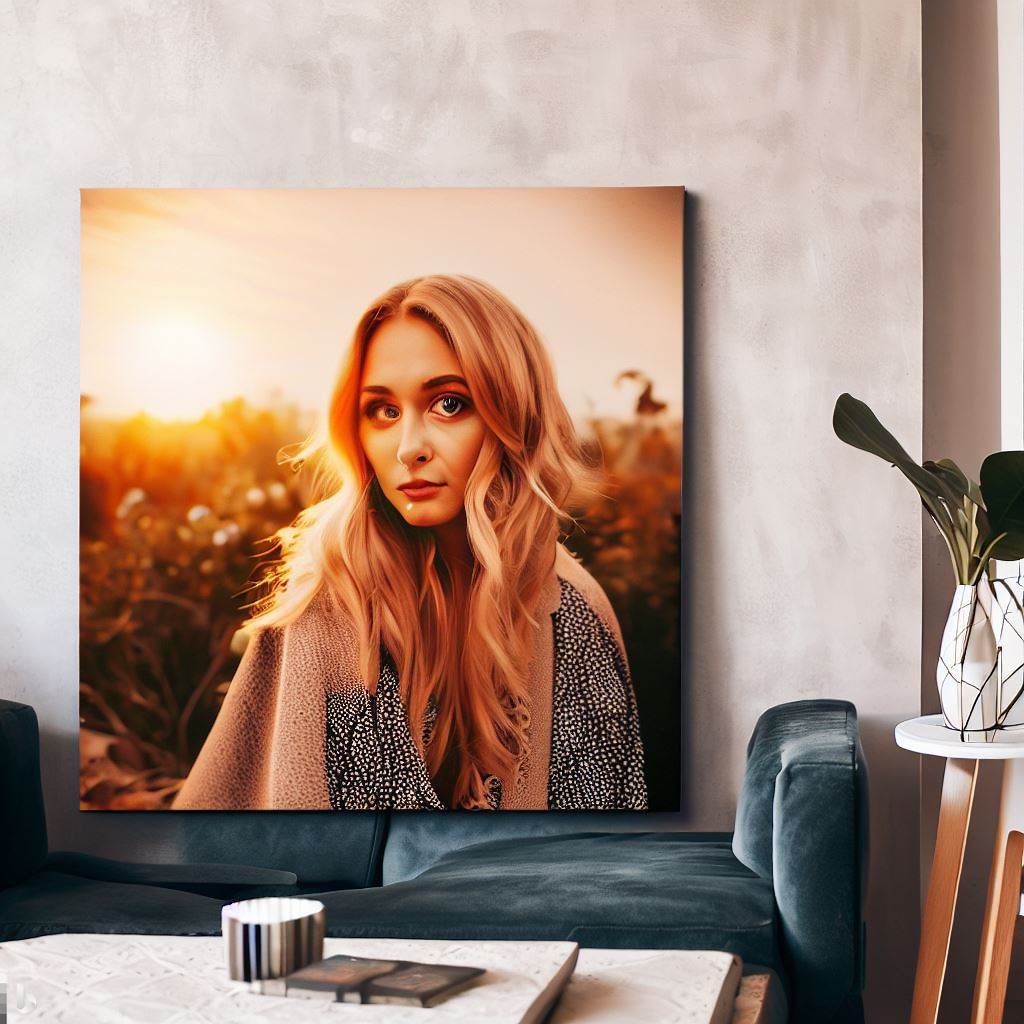How to edit your digital photos for print
Editing your digital photos for print is an important step in ensuring that the final product looks its best. With so many digital tools available, it can be overwhelming to know where to start. In this article, we will provide tips on how to edit your digital photos for print.
When preparing your digital photo for print, it is important to choose the right file format. JPEG files are a common choice for digital photos, but they can lose quality when edited and saved multiple times. For best results, consider using a lossless file format such as TIFF or PNG. These file formats retain the original quality of the image and are ideal for printing.
Exposure refers to the brightness and darkness of the photo. When editing your digital photo for print, it is important to adjust the exposure to ensure that the photo is properly lit. Adjust the exposure using the brightness and contrast sliders in your editing software. Be careful not to overdo it, as this can result in an unnatural-looking photo.
Cropping and straightening the photo can help to improve the composition and balance of the image. Use the cropping tool in your editing software to remove any unwanted elements and to focus on the subject of the photo. Straighten the photo using the rotate tool to ensure that the horizon is level.
The color balance refers to the overall tone of the photo. Adjusting the color balance can help to correct any color casts or to enhance the color saturation. Use the color balance tool in your editing software to adjust the color temperature, tint, and saturation of the photo. Be careful not to overdo it, as this can result in an unrealistic-looking photo.

Sharpening the photo can help to enhance the details and clarity of the image. Use the sharpening tool in your editing software to adjust the level of sharpness in the photo. Be careful not to overdo it, as this can result in an unnatural-looking photo.
When printing your digital photo, it is important to resize it to the desired print size. Use the resize tool in your editing software to adjust the size of the photo. Be sure to maintain the aspect ratio of the photo to avoid distortion. For best results, resize the photo to the exact dimensions of the print size.
The resolution of the photo refers to the number of pixels per inch (ppi). When printing your digital photo, it is important to check the resolution to ensure that it is high enough for the desired print size. A resolution of 300 ppi is recommended for most print sizes. Use the resolution tool in your editing software to adjust the resolution of the photo.
Once you have finished editing your digital photo for print, it is important to save the file in the appropriate format. Save the file as a TIFF or PNG file to retain the original quality of the image. Be sure to save the file at the highest quality possible to ensure that the final print looks its best.
Editing your digital photos for print requires careful consideration of several factors, including file format, exposure, cropping and straightening, color balance, sharpening, resizing, resolution, and file format. By taking these factors into account, you can create a digital photo that looks great in print. Whether you're printing your photos at home or using a professional printing service, editing your digital photos for print is an important step in creating a high-quality final product.
Recent Posts
-
A Beginner's Guide to Custom Canvas Prints: Finding the Right Size for Your Photo
Custom canvas prints are a fantastic way to showcase your favorite memories, transforming your photo …25th Apr 2025 -
Creating a Stunning Gallery Wall with Canvas Prints in Australia
A gallery wall is a perfect way to showcase your favorite artwork, family photos, or inspirational q …25th Apr 2025 -
Where to Find Affordable Quality Canvas Prints for Your Gallery Wall
When it comes to curating a gallery wall for your home, the choice of prints can make or break the o …25th Apr 2025